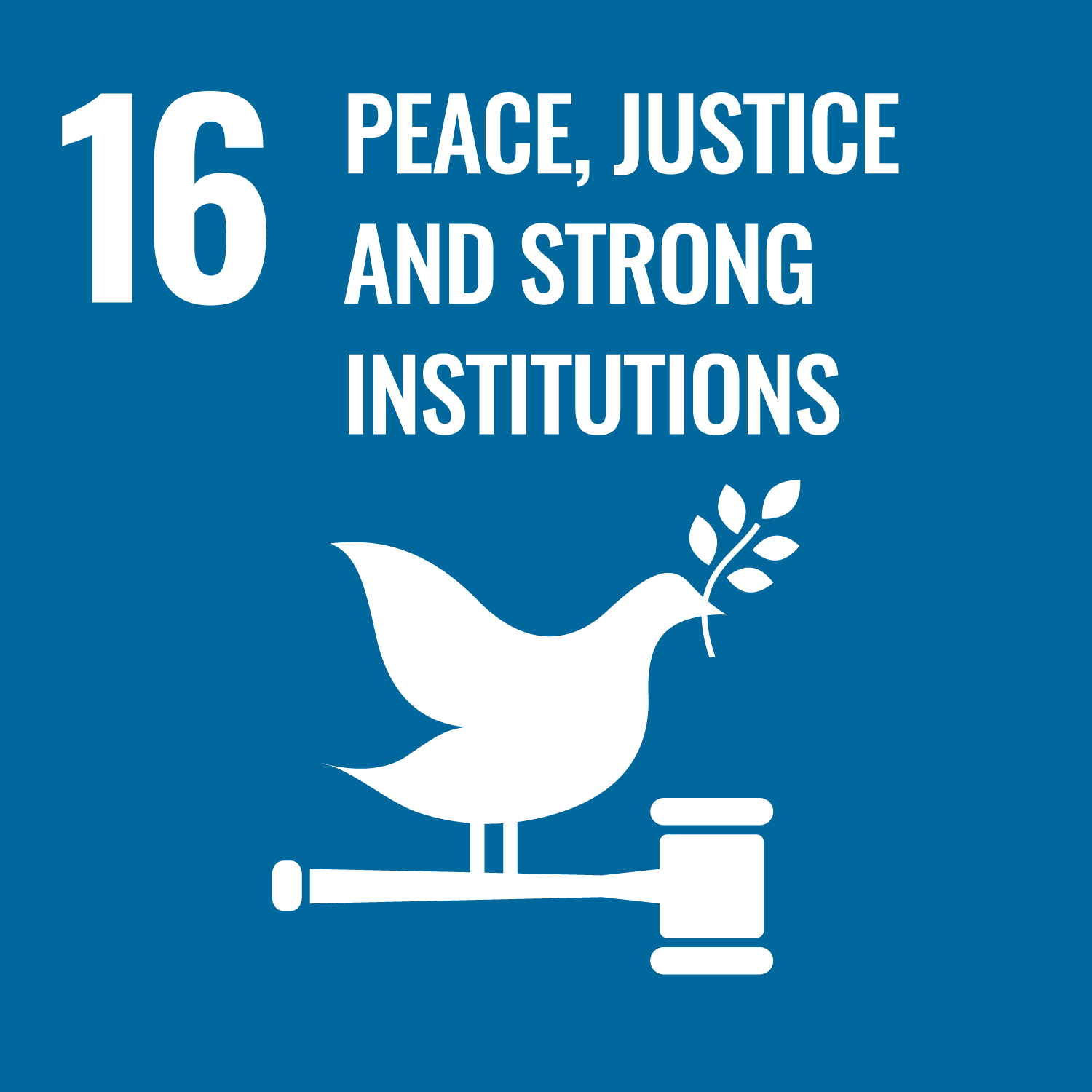The Arab Spring began with the hope of restoring democracy but ended in a conundrum, and its economic costs remain to be estimated. This study aims to estimate the economic cost of the Arab Spring in terms of food inflation. Adopting a case study approach, we focus on Yemen, a country that experienced the Arab Spring starting in January 2011. The Arab Spring is defined as the series of events that the country experienced after the movements started in January 2011. We employ difference-in-differences (DiD) with propensity score matching as an identification strategy to address selection bias. We consistently find that the Arab Spring significantly increased food prices in Yemen. This study provides policy implications for relevant stakeholders regarding the associations between political conflicts and food security dynamics.
